Is Botox for wrinkles in South Korea more effective than fillers?
"Botox for wrinkles in South Korea is highly effective, known for delivering natural-looking results that reduce fine lines while preserving facial expressions, and is often more affordable than in Western countries."

South Korea has gained a reputation as a global leader in aesthetic medicine, and Botox for wrinkles is a prime example of their expertise. Known for its precision, innovative techniques, and focus on natural-looking enhancements, Botox in South Korea is a popular choice for individuals seeking to smooth out fine lines and wrinkles. The country's advanced medical infrastructure and cultural emphasis on beauty and youth have fostered a highly competitive and skilled environment for cosmetic procedures.
This guide will explore the effectiveness of Botox for wrinkles in South Korea, answering common questions to provide a comprehensive understanding for anyone considering this popular treatment.
What makes South Korean Botox treatments stand out?
"South Korean Botox treatments stand out due to their emphasis on subtle, natural-looking results, the use of highly purified toxins, competitive pricing, and a focus on overall skin health and texture, not just wrinkle reduction."
South Korean aesthetic clinics are renowned for their philosophy of achieving a "glass skin" effect and a more youthful appearance without a "frozen" look. This involves administering smaller, more precise doses of botulinum toxin to relax specific muscles responsible for wrinkles, while maintaining natural facial expressions. Clinics often integrate Botox with other skincare treatments to enhance overall skin quality, addressing concerns like pore size, oiliness, and skin texture. The high volume of procedures performed by skilled professionals in a highly regulated environment contributes to consistently effective and safe outcomes.
Is Korean Botox the same as Western Botox brands like Allergan?
"Korean Botox brands, such as Medytox, Hugel, and Daewoong Pharmaceutical, contain the same active ingredient, botulinum toxin type A, as Western brands like Allergan, but may differ slightly in their formulation, accessory proteins, and manufacturing processes, leading to minor variations in onset time and duration."
While the core active ingredient, botulinum toxin type A, is the same across both Korean and Western brands, there are subtle differences. American Botox (Allergan) has been on the market longer and boasts extensive FDA approval, while Korean brands have gained widespread approval in Asia and Europe, meeting strict regulatory standards within those regions. Some Korean brands are known for a faster onset of action and can be more affordable due to lower production costs. Despite these variations, patients can generally switch between Korean and American Botox brands safely as they share the same fundamental mechanism of action. The choice often comes down to personal preference, cost, and the specific brand favored by the treating physician.
How effective is Botox in reducing common facial wrinkles in South Korea?
"Botox in South Korea is highly effective in reducing common facial wrinkles, including frown lines (glabellar lines), crow's feet around the eyes, and forehead lines, by temporarily relaxing the underlying muscles that cause these dynamic wrinkles."
Clinical studies and patient experiences in South Korea consistently demonstrate the high efficacy of Botox in addressing various facial wrinkles. For instance, a study on Korean patients showed a significant corrective effect on facial wrinkles, with sustained results for several months. The precision of Korean injectors, coupled with the quality of botulinum toxin products, ensures that wrinkles are noticeably smoothed, leading to a more refreshed and youthful appearance. The focus on micro-dosing and strategic injection points also helps to prevent an overly "frozen" look, allowing for natural facial movement.
How long do Botox results typically last in South Korea?
"The effects of Botox for wrinkles in South Korea typically last between 3 to 6 months, though the duration can vary depending on the individual, the specific brand of Botox used, the treated area, and the dosage."
While some Western Botox effects might last slightly longer, Korean Botox brands also offer impressive longevity. Most patients can expect to see the full benefits of their Botox treatment for three to four months, with some experiencing results for up to six months. Regular follow-up treatments are recommended every few months to maintain the desired smooth and youthful appearance. The body naturally metabolizes the botulinum toxin over time, leading to the gradual return of muscle activity and, consequently, the wrinkles.
What is "Skin Botox" or "Micro Botox" in South Korea and how effective is it?
"Skin Botox, also known as Micro Botox or Dermotoxin, is a popular technique in South Korea where small, diluted doses of Botox are injected superficially into the skin rather than deeply into the muscle, effectively reducing pore size, oil production, fine lines, and improving overall skin texture for a 'glass skin' effect."
This innovative approach is a hallmark of Korean aesthetic treatments. Unlike traditional Botox which targets deeper muscles to paralyze them and reduce deep wrinkles, Skin Botox focuses on the superficial layers of the skin. This technique aims to relax the tiny muscles connected to pores, minimize sebum production, and subtly smooth out fine lines, leading to a refined, dewy, and luminous complexion often referred to as "glass skin." The effects are subtle and natural-looking, enhancing skin quality without significantly impacting facial expressions. Micro Botox is highly effective for those seeking overall skin rejuvenation, pore reduction, and a subtle anti-aging effect.
Is Botox in South Korea safe?
"Yes, Botox in South Korea is generally safe when administered by qualified and experienced medical professionals in reputable clinics that adhere to strict safety standards and regulations."
South Korea's aesthetic industry is highly regulated, and clinics prioritize patient safety. While all medical procedures carry some inherent risks, serious complications from Botox injections are rare, especially when performed by skilled practitioners. Common side effects are typically mild and temporary, such as localized pain, swelling, or bruising at the injection site. It is crucial to choose a board-certified doctor with a proven track record to minimize potential risks and ensure optimal outcomes. The widespread use of Botox in South Korea and the emphasis on continuous training and quality control contribute to its safety profile.
What are the common areas treated with Botox for wrinkles in South Korea?
"In South Korea, common areas treated with Botox for wrinkles include the forehead (horizontal lines), between the eyebrows (glabellar or frown lines), around the eyes (crow's feet), and for other aesthetic concerns like jaw reduction (masseter Botox) and calf slimming."
Botox is highly versatile and used to address a range of concerns beyond just facial wrinkles. For anti-aging, the most popular areas are the dynamic wrinkles that form due to repetitive facial expressions. Beyond these, Botox is frequently used in South Korea for:
- Jaw Reduction (Masseter Botox): To slim the lower face by relaxing the masseter muscles.
- Calf Slimming: To reduce the bulkiness of the calf muscles for a more elongated leg appearance.
- Neck Bands: To smooth out vertical bands on the neck.
- Hyperhidrosis (Excessive Sweating): Injected into the underarms, palms, or feet to reduce sweat production.
- Gummy Smile: To relax the upper lip muscles, reducing the amount of gum shown when smiling.
What should I expect during a Botox consultation in South Korea?
"During a Botox consultation in South Korea, you can expect a thorough examination of your facial anatomy and skin, a discussion of your aesthetic goals, a detailed explanation of the procedure, potential outcomes, and a clear breakdown of the costs involved."
Korean clinics are known for their comprehensive consultations. The medical professional will assess your specific concerns, discuss your medical history, and determine if Botox is the appropriate treatment for you. They will explain the type of botulinum toxin they use, the number of units or areas required, and the expected results. This is also an opportunity to ask any questions you have about the procedure, recovery, and aftercare. Many clinics in South Korea cater to international patients and have English-speaking staff or offer translation services to ensure clear communication.
How soon will I see results from Botox in South Korea?
"Initial effects of Botox injections in South Korea typically begin to manifest within 1 to 3 days after treatment, with the full and final results becoming evident within 1 to 2 weeks."
While some individuals might notice a slight softening of lines within a couple of days, the full impact of Botox takes a little time to develop as the botulinum toxin gradually relaxes the targeted muscles. Patience is key, and it's important not to expect immediate complete erasure of wrinkles. The peak effect is usually visible around two weeks post-injection, at which point any necessary minor adjustments can be considered during a follow-up appointment.
How much does Botox for wrinkles cost in South Korea?
"The cost of Botox for wrinkles in South Korea is significantly lower than in many Western countries, typically ranging from $100 to $400 per area, depending on the specific clinic, brand of Botox, and the number of units or areas treated."
South Korea is renowned for its competitive pricing in aesthetic procedures, and Botox is no exception. While prices vary, it is generally much more affordable than in countries like the USA, Canada, or Australia, often being 50% or even less. Clinics often offer packages or special promotions for treating multiple areas. It's important to clarify whether the quoted price is per area or per unit, as practices can vary. The lower cost does not imply a compromise on quality; rather, it reflects the high volume of procedures and a competitive market.
What is the downtime and aftercare for Botox in South Korea?
"The downtime after Botox injections in South Korea is minimal, with most individuals able to resume their normal activities immediately. Aftercare typically involves avoiding strenuous exercise, excessive heat, and rubbing the treated area for 24-48 hours."
Botox is a true "lunchtime procedure" due to its minimal invasiveness. Patients can usually return to work or daily activities right after their appointment. Minor side effects like redness, swelling, or small bruises at the injection sites are common but usually resolve quickly within a few hours to a few days. Patients are advised to avoid lying down for a few hours immediately after the injection and to refrain from activities that increase blood flow to the face for a day or two. Following the specific aftercare instructions provided by your Korean clinic is essential for optimal results and to minimize any potential side effects.
Can Botox prevent future wrinkles?
"Yes, Botox can effectively prevent future wrinkles by relaxing the muscles that cause dynamic lines, thereby stopping the repetitive movements that eventually lead to etched-in static wrinkles."
By proactively treating areas prone to dynamic wrinkles, Botox can significantly slow down the formation of deeper, more permanent lines. When the muscles are relaxed, they are unable to create the folds in the skin that, over time, become visible even when the face is at rest. This "preventative Botox" approach is becoming increasingly popular, especially among younger individuals in South Korea, who wish to maintain a youthful complexion and delay the signs of aging.
What are the potential side effects of Botox in South Korea?
"Potential side effects of Botox in South Korea are generally mild and temporary, including bruising, swelling, redness at the injection site, headache, or in rare cases, temporary drooping of an eyelid or eyebrow."
While serious complications are uncommon, patients should be aware of possible side effects. The most frequent ones are localized to the injection site. Headaches can occur but are usually mild and resolve within 24-48 hours. Temporary eyelid or eyebrow ptosis (drooping) is a rare but possible side effect, typically due to the spread of the toxin to unintended muscles, and it usually resolves within a few weeks. Choosing an experienced injector significantly reduces the risk of such complications. Any unusual or persistent side effects should be reported to your clinic immediately.
What are the alternatives to Botox for wrinkles in South Korea?
"Alternatives to Botox for wrinkles in South Korea include dermal fillers for static wrinkles and volume loss, laser treatments for skin texture and collagen stimulation, chemical peels for surface rejuvenation, and various lifting procedures like thread lifts for skin laxity."
While Botox is excellent for dynamic wrinkles, other treatments can address different types of wrinkles and aging concerns.
- Dermal Fillers: These injectables add volume and plump up static wrinkles (lines visible even at rest) or areas that have lost volume, such as the cheeks, lips, and nasolabial folds.
- Laser Treatments: Various laser therapies can improve skin texture, reduce pigmentation, stimulate collagen production, and diminish fine lines.
- Chemical Peels: These treatments use chemical solutions to exfoliate the skin's outer layers, revealing smoother, more even-toned skin and reducing superficial wrinkles.
- Thread Lifts: A minimally invasive procedure that uses dissolvable threads to lift and tighten sagging skin, providing a subtle facelift effect.
- HIFU (High-Intensity Focused Ultrasound) and RF (Radiofrequency) Treatments: Non-invasive technologies that use energy to tighten skin and stimulate collagen production, improving overall skin laxity and reducing wrinkles.
These alternatives can also be combined with Botox for comprehensive facial rejuvenation. Explore PlacidWay for solutions related to medical tourism, healthcare services, or other relevant offerings.
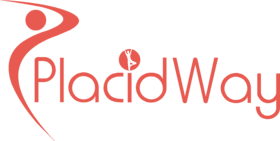

.png)

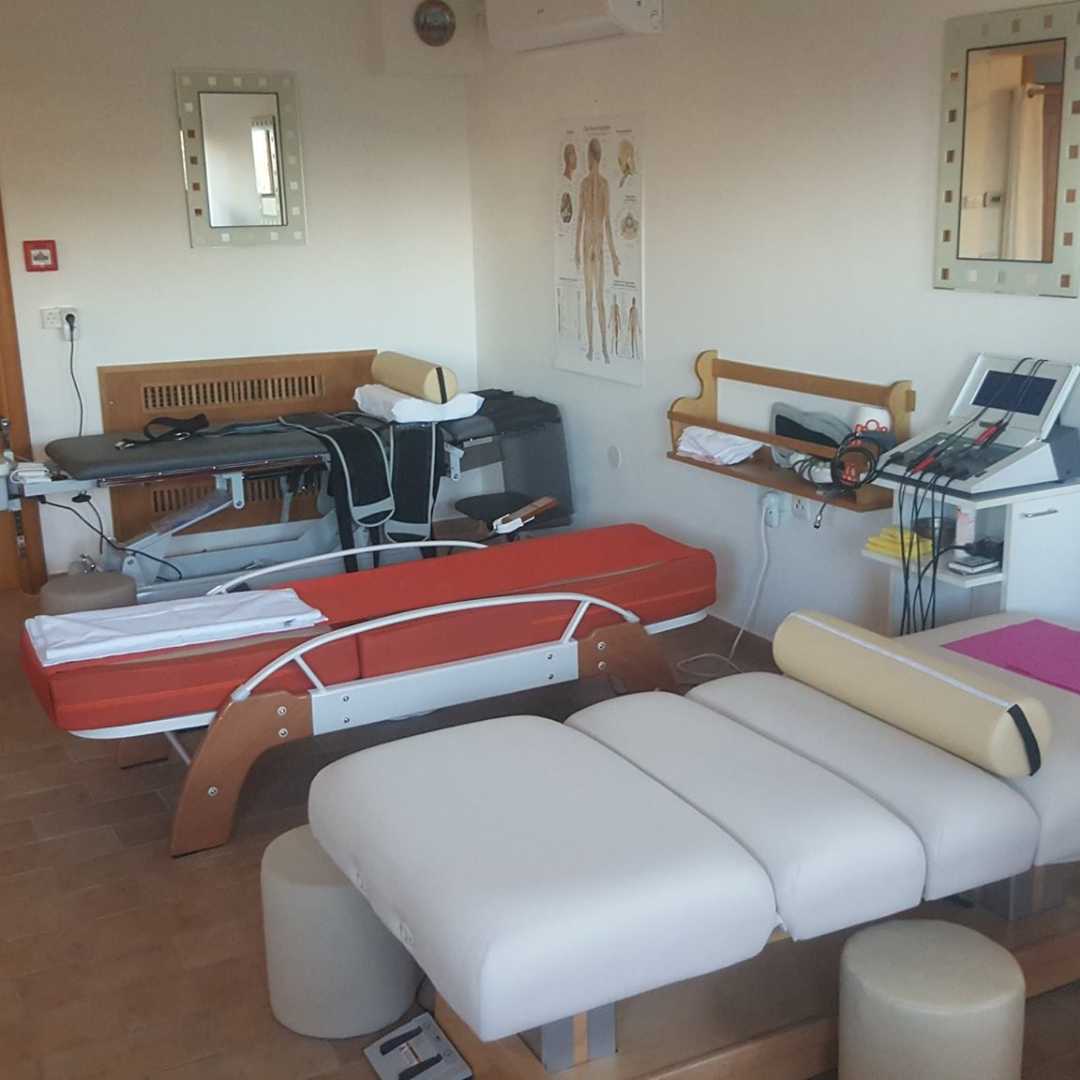

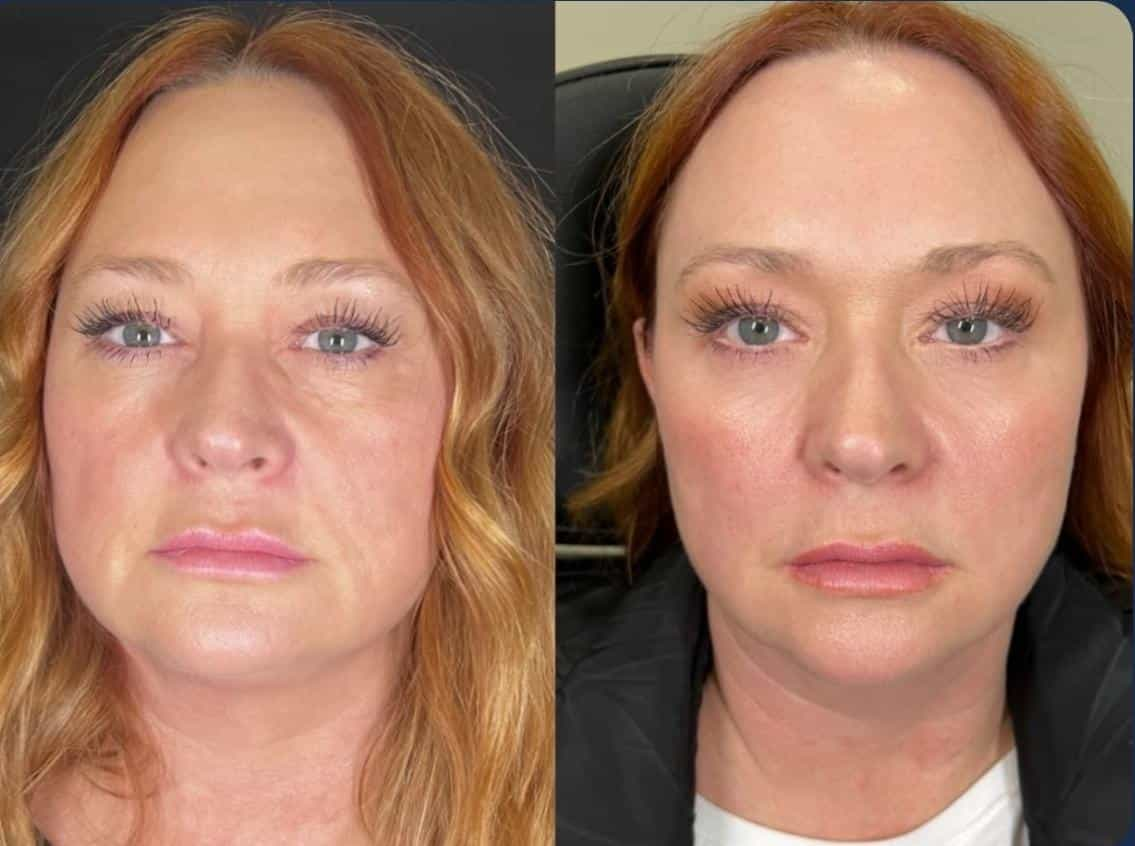
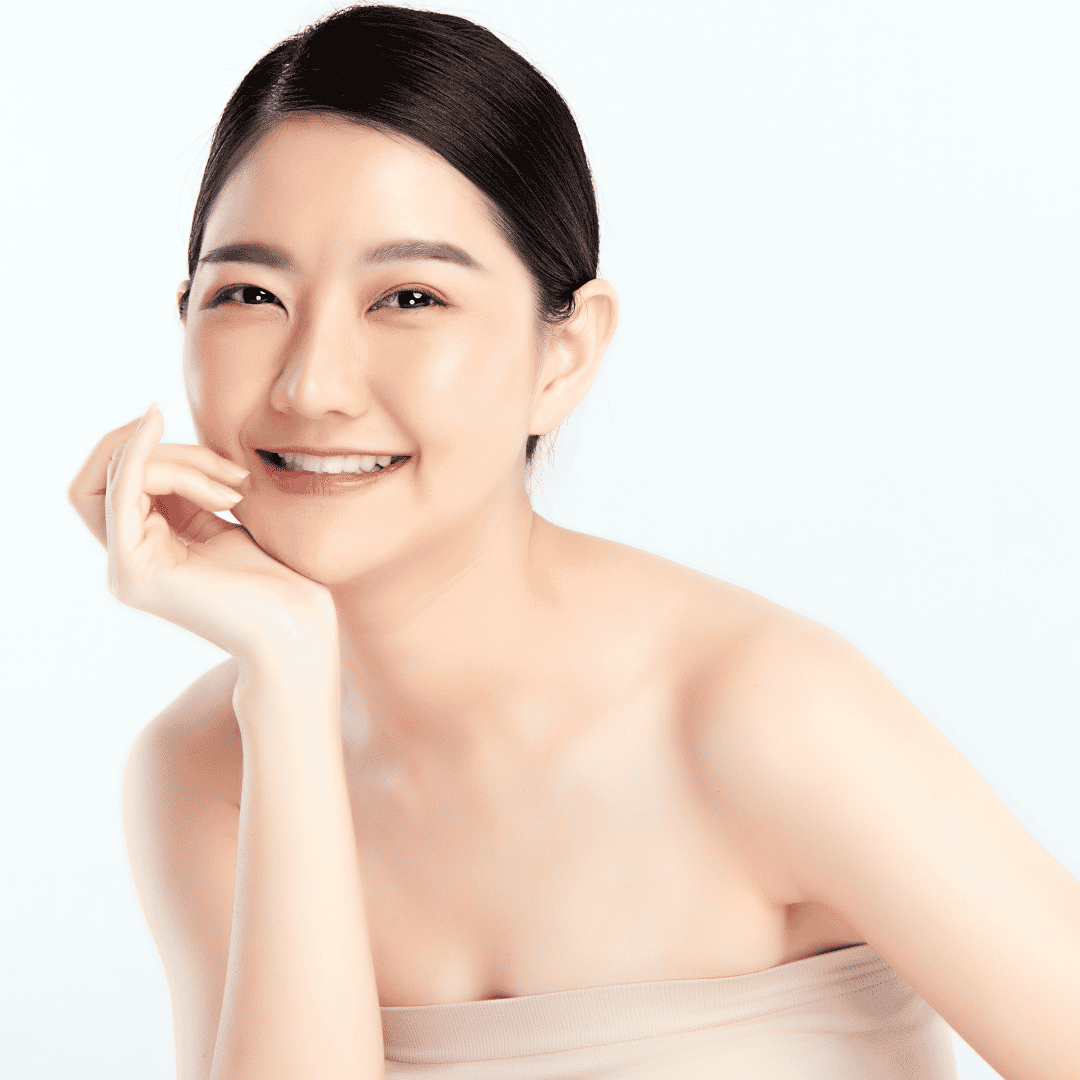


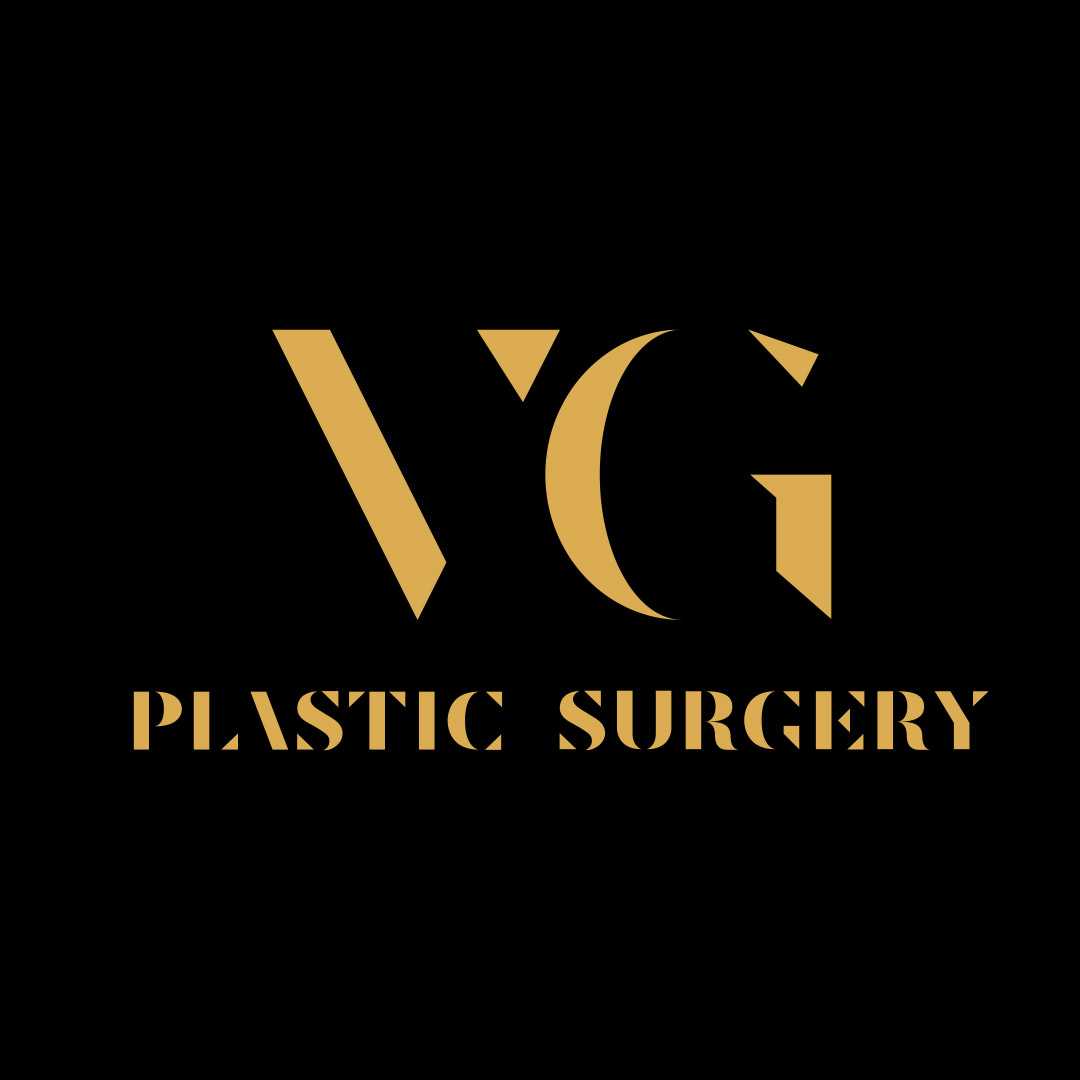
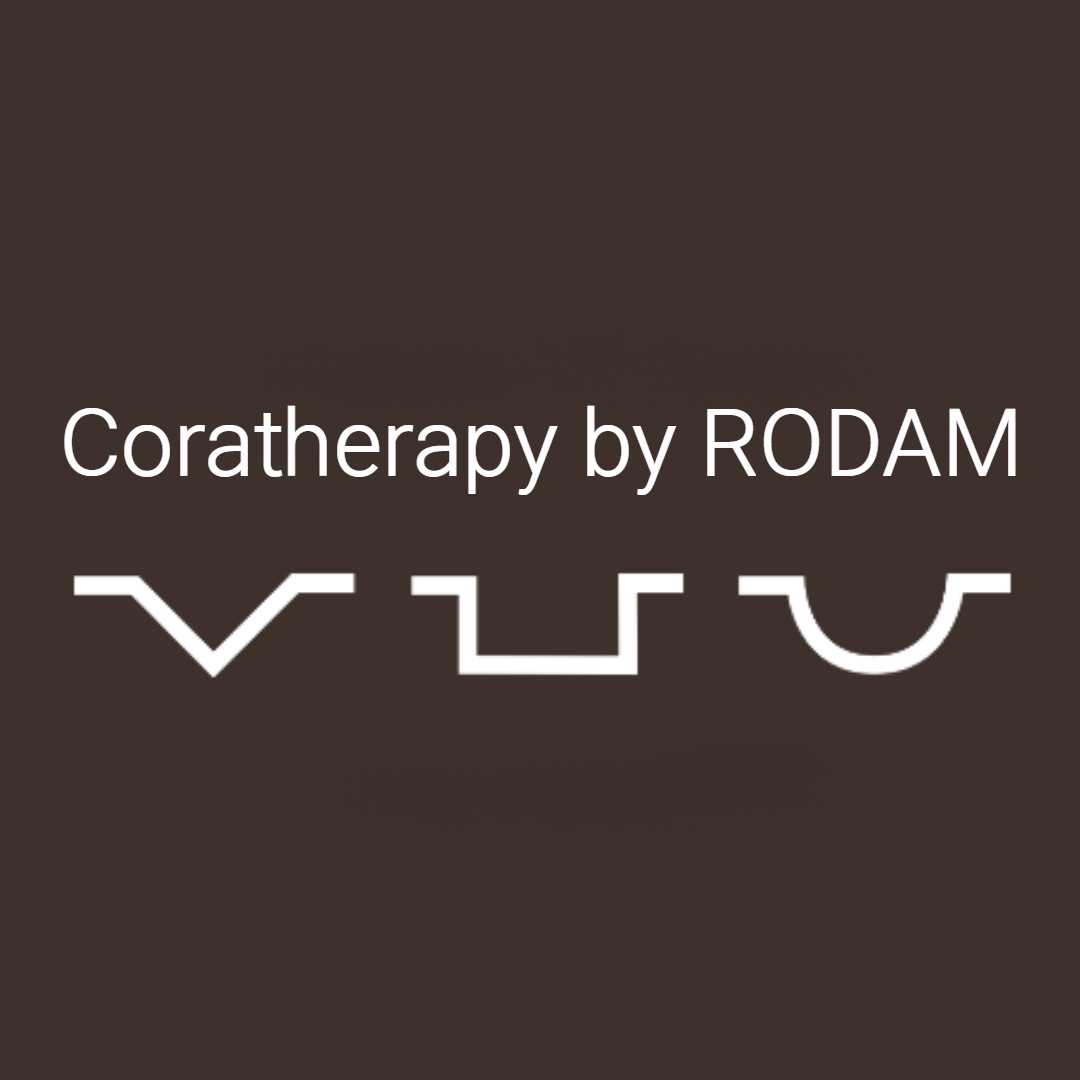
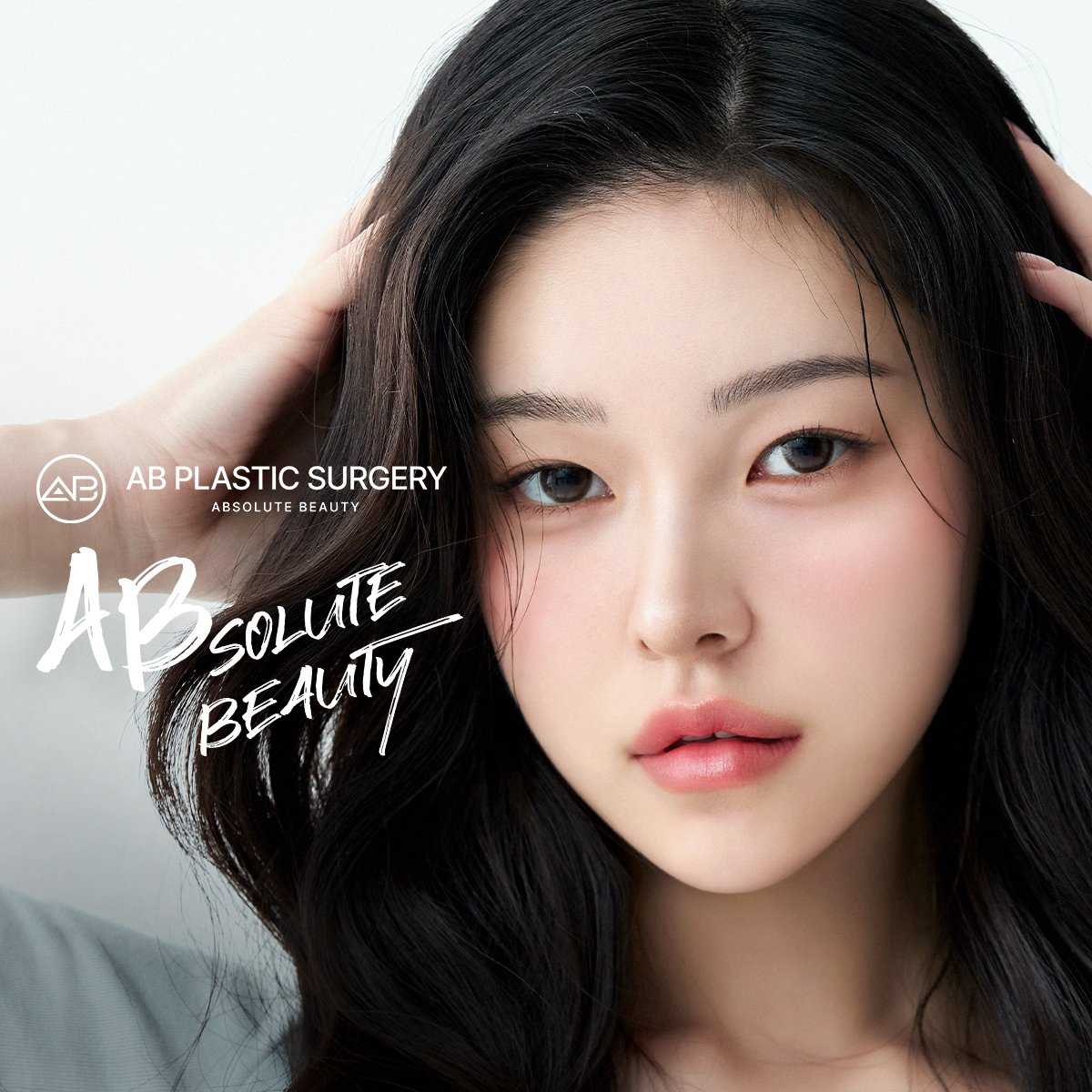

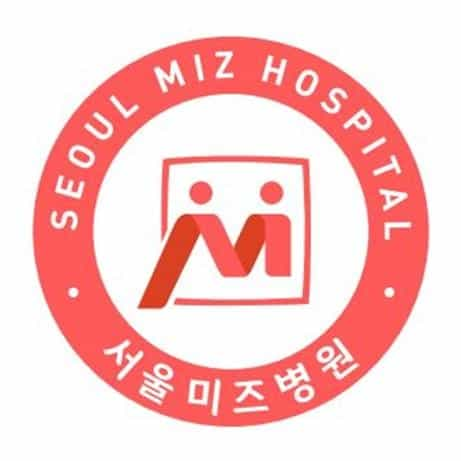

Share this listing